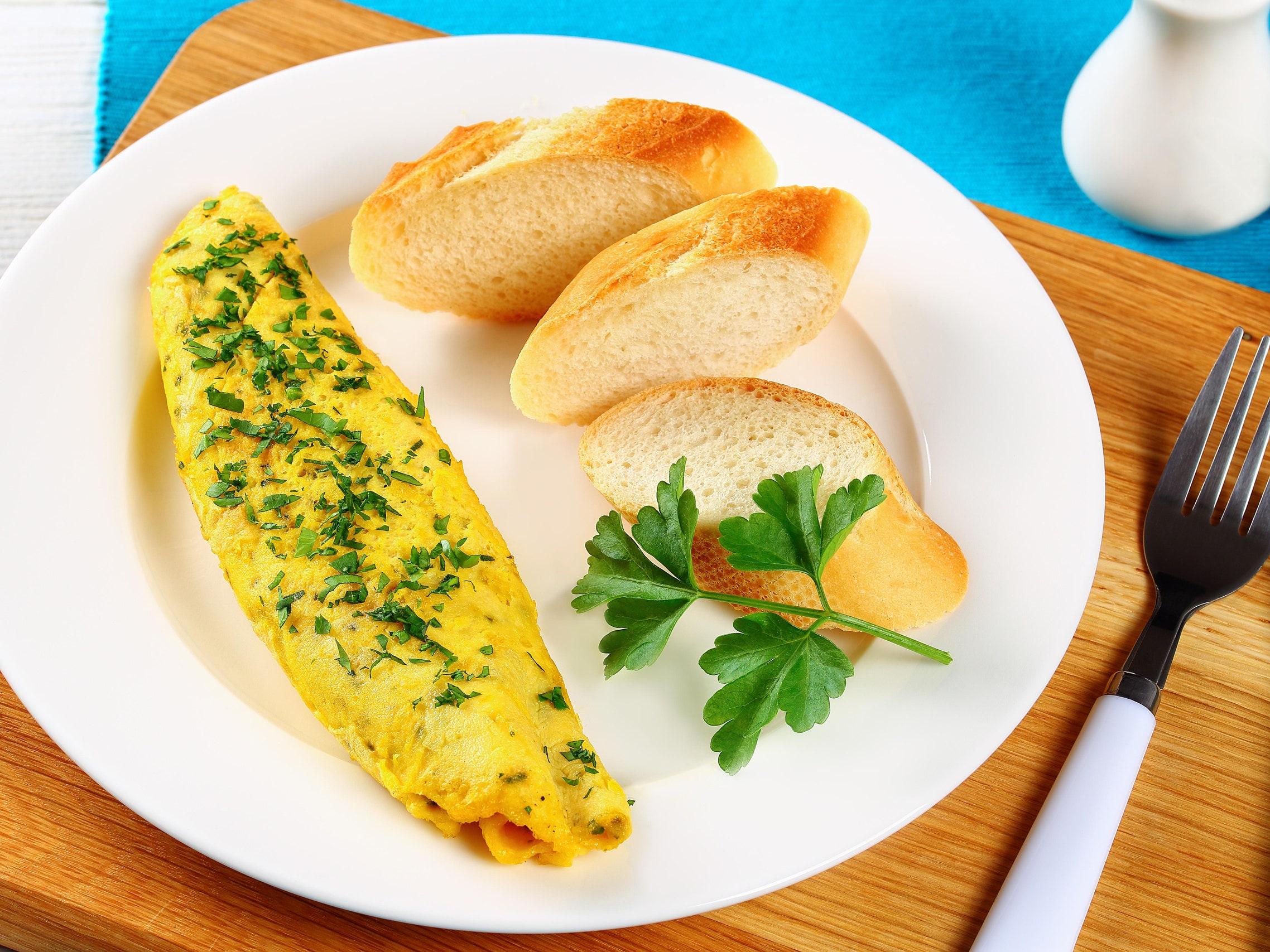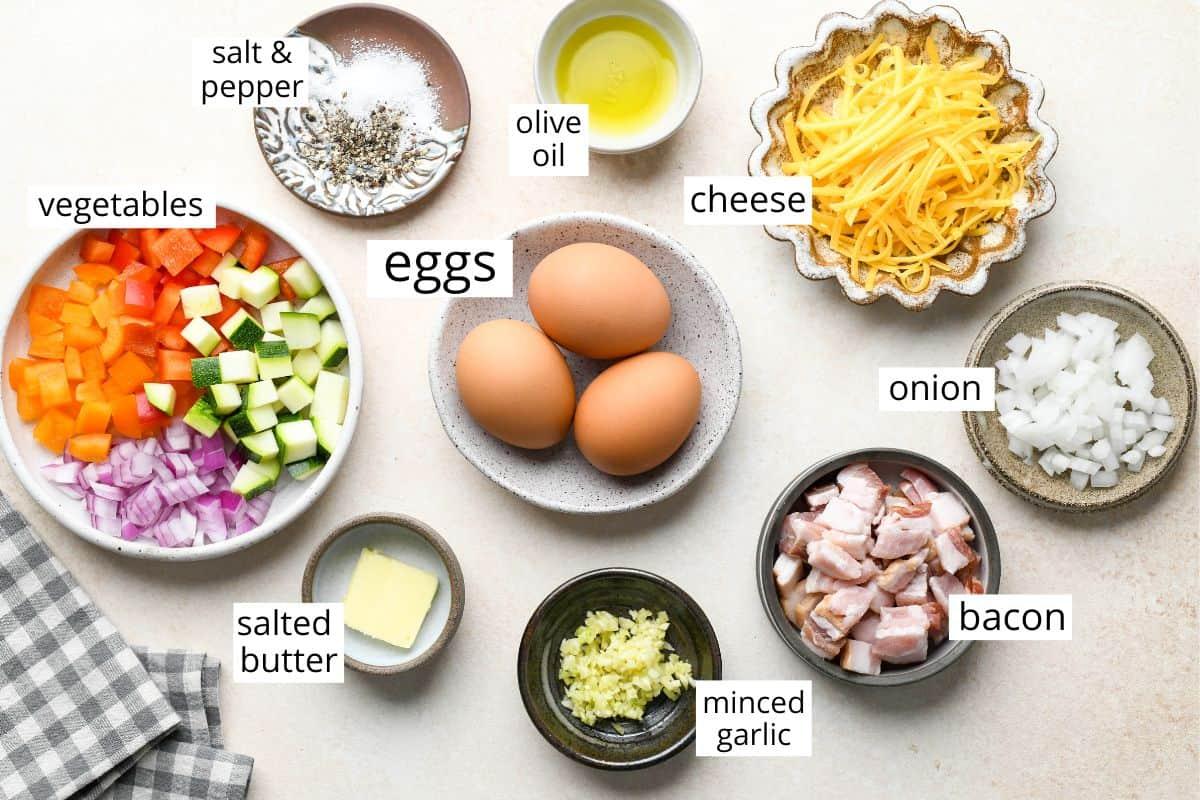Mastering the Art of the Perfect Soft and Fluffy French Omelette
In the realm of culinary delights, few dishes embody elegance and simplicity quite like the French omelette. with its golden exterior and delicate, tender interior, this classic staple is a testament to the artistry of cooking. Yet,despite its seemingly straightforward composition of eggs,a hint of seasoning,and a touch of butter,achieving the perfect soft and fluffy texture can be a nuanced endeavor that eludes many aspiring chefs. Whether you envision a leisurely breakfast or a sophisticated brunch spread, mastering the French omelette is a skill that elevates your cooking repertoire. Join us as we explore the secrets behind this beloved dish, from selecting the ideal ingredients to perfecting your technique, ensuring that every omelette you create is a buttery, cloud-like experience that delights the senses.
The Essential Ingredients for a luxurious French Omelette Experience
To craft a truly luxurious French omelette, it’s vital to start with high-quality ingredients that elevate the dish from ordinary to extraordinary. Begin with organic free-range eggs, wich not only provide a richer flavor but also contribute to a vibrant hue. Choose unsalted European-style butter, known for its higher fat content and creamy, slightly tangy richness that aids in achieving that lush texture.For seasoning, a sprinkle of sea salt and freshly cracked black pepper will enhance the natural flavors without overpowering the delicate essence of the eggs.
Don’t forget to elevate the experience further with your choice of fillings. Whether you prefer herbs like finely chopped chives or tarragon, or luscious additions such as grated cheese, sautéed mushrooms, or fresh vegetables like spinach, each ingredient plays a role in crafting a personalized omelette masterpiece. Consider using a blend of French cheeses such as Emmental or Gruyère for a delectable creaminess. Here’s a simple as well as elegant guide to help you choose the right filling:
| Filling Type | Flavor Profile | Texture |
|---|---|---|
| Fresh Herbs | Luminous and Aromatic | Soft and Fluffy |
| Cheeses | Nutty and Creamy | Melty and Rich |
| Sautéed Vegetables | Earthy and Savory | Crisp and Tender |
| Meats | Hearty and Rich | Substantial |

Techniques to Achieve the Ideal Texture and Fluffiness
Achieving that coveted softness and fluffiness in a French omelette is a tasty journey of texture and technique. Start with fresh eggs, as their quality directly influences the outcome. Use a whisk to beat the eggs vigorously until they become a uniform blend,incorporating air to create a voluminous mixture. Opt for a combination of whole eggs and egg whites for an even lighter result.In addition, consider the addition of a small pinch of salt, which not only enhances flavor but also helps in the aeration process during whisking.Avoid overbeating; the goal is to achieve a smooth and slightly frothy texture without losing the yolks’ integrity.
The heating method is crucial; a non-stick skillet or omelette pan is ideal for an effortless release. Preheat your skillet on low to medium heat and introduce a generous pat of butter, allowing it to melt without browning. When pouring in the eggs, gently swirl the pan to ensure even distribution. As the edges begin to set, use a spatula to gently push the cooked edges toward the centre while tilting the pan to let the uncooked eggs flow to the edges. Achieving the right balance of heat and timing is key, so remove the pan from the heat just as the omelette begins to firm up but remains slightly runny. Add a sprinkling of fresh herbs or cheese for added flavor, and fold gently for a gorgeous finish.

Mastering Temperature Control for Optimal Cooking
To achieve the delicate texture that characterizes a perfect French omelette, mastering the art of temperature control is essential. Cooking at the right temperature prevents the eggs from overcooking and ensures they remain soft and fluffy. Start by preheating your skillet over medium heat for an even distribution of warmth. A non-stick skillet is highly recommended as it permits smooth sliding of the omelette during cooking, minimizing the risk of sticking.maintaining a consistent heat is crucial; if the pan is too hot, the eggs will cook too quickly, resulting in a rubbery texture.
When pouring the beaten eggs into the skillet, the gradual heat will start to set the edges while the center remains soft. Regularly gentle stirring with a spatula as the omelette cooks encourages the formation of small curds, which contribute to its fluffiness.once the edges are set but the center is still slightly runny, reduce the heat slightly and allow it to continue cooking gently. add your choice of fillings—herbs, cheese, or vegetables—before folding the omelette in half. Timing is everything, so using a timer can definitely help ensure you don’t overstay that crucial moment before serving.

Creative Fillings to Elevate Your Omelette Game
Elevate your egg creation with a delightful array of fillings that transform an ordinary omelette into a culinary masterpiece. First, consider the fresh and vibrant flavors of a conventional Ratatoille mix—zucchini, bell peppers, and tomatoes sautéed with herbs de Provence. alternatively, for a touch of the sea, a smoked salmon and cream cheese combination brings a luxurious flair, perfectly complemented with fresh dill. For the adventurous palate, try adding spicy chorizo and confit garlic to the mix for a hearty, savory kick that pairs excellently with some grated cheese.
For those who prefer earthy undertones, a filling made of caramelized onions and goat cheese delivers a rich taste experience, while sautéed mushrooms with fresh thyme will delight fungi lovers. if you crave something vibrant and healthy, a mixture of spinach, artichokes, and feta can add a Mediterranean twist. Consider these options in a simple table to organize your thoughts:
| Filling | Flavor Profile |
|---|---|
| ratatoille Mix | Fresh, Herbaceous |
| Smoked Salmon & Cream Cheese | Luxurious, Savory |
| Spicy Chorizo & Confit Garlic | Hearty, Bold |
| Caramelized Onions & Goat Cheese | Rich, Sweet |
| Spinach, Artichokes & Feta | vibrant, healthy |
Closing Remarks
As we close the chapter on mastering the art of the perfect soft and fluffy French omelette, it’s essential to remember that this culinary classic is as much about technique as it is about passion. With each careful whisk, a gentle fold, and an attentive eye, you can transform a simple collection of eggs into a masterpiece. The beauty of the French omelette lies not just in its luxurious texture or delicate flavor, but in the prospect it provides to embrace creativity in the kitchen.
so whether you’re gathering around a brunch table with friends or enjoying a quiet breakfast solo, take a moment to appreciate the craftsmanship behind this dish. Don’t shy away from experimentation—add herbs, cheeses, or your favorite fillings as you hone your skills. The journey towards omelette perfection is a delightful one, full of personalization and discovery.
Next time you crack open those eggs, remember: with practice and patience, you can serve up a little piece of french culinary artistry right in your kitchen. Bon appétit!